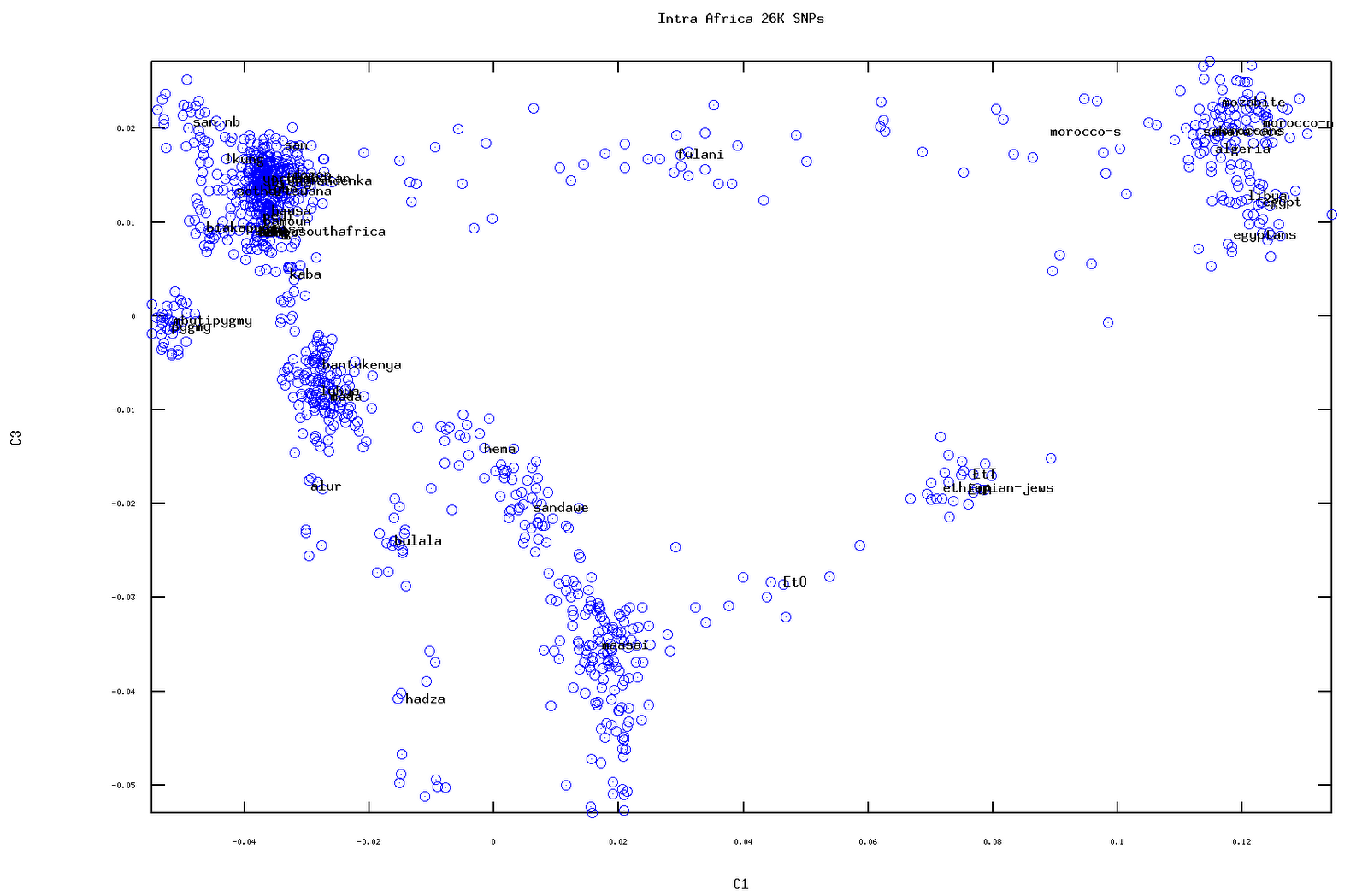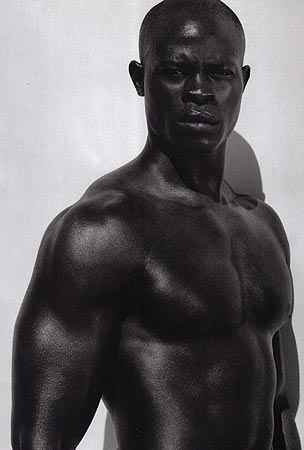you gotta be more accurate. cause that can either be a true statement or very false depending on the ethiopian tribe we are talking about. if its an omotic speaking group or some cushytic tribes (like the karrayu oromo), then you are right. However, if by ethiopian you mean one of the semitic speaking tribes like the Amhara then you are dead wrong.
the average African American is about 80% African and 20% non-African. However, the average Amhara is about 60% African and 20% non-African.
you are right, however, on similar levels of admixture between African Americans and East Africans not leading to similar phenotypes because the ancestral black populations each draws from is different. East Africans descend from a different ancestral black population than West Africans. Both shared similar skin color and hair texture but most likely had different facial morphologies.
I believe the omotic tribes in southern ethiopia are a good example of what the ancestral black population in East Africa looked like before any mixing. As you can see below, most tribes in the omo valley have thiner noses unlike many of the more broad nosed tribes in west or central africa. and tribes in the omo valley have very low levels of non-African ancestry. so its a good example of what east africans looked like in the distant past.






















